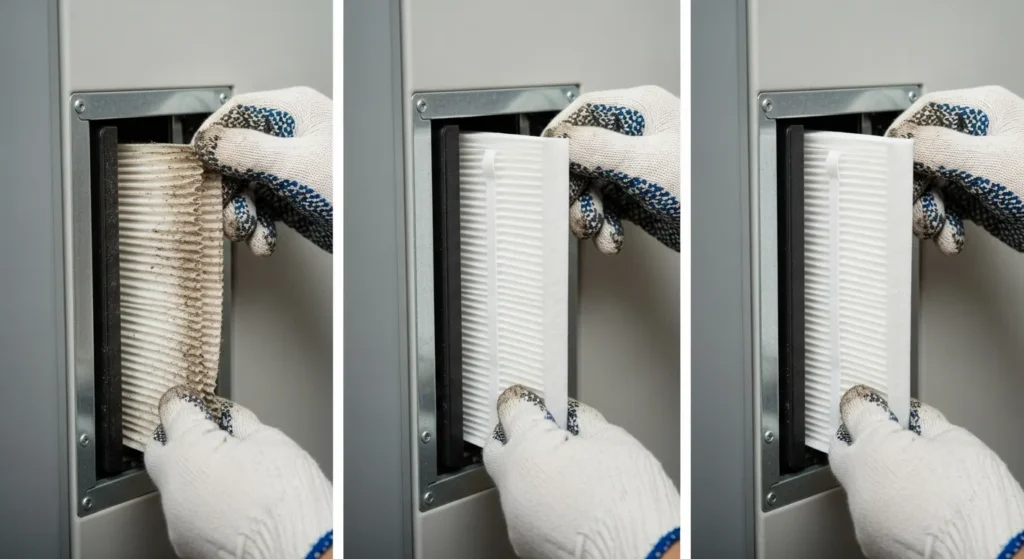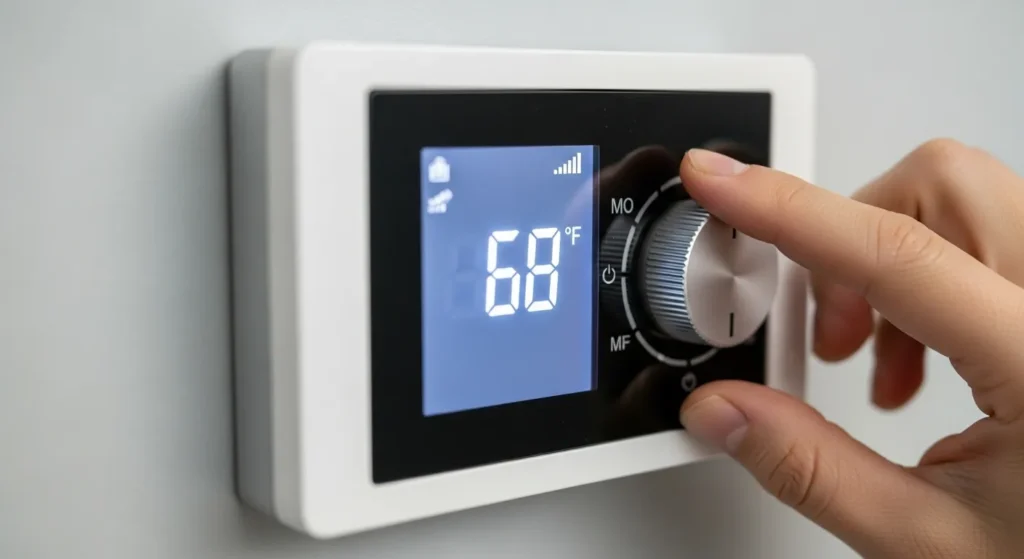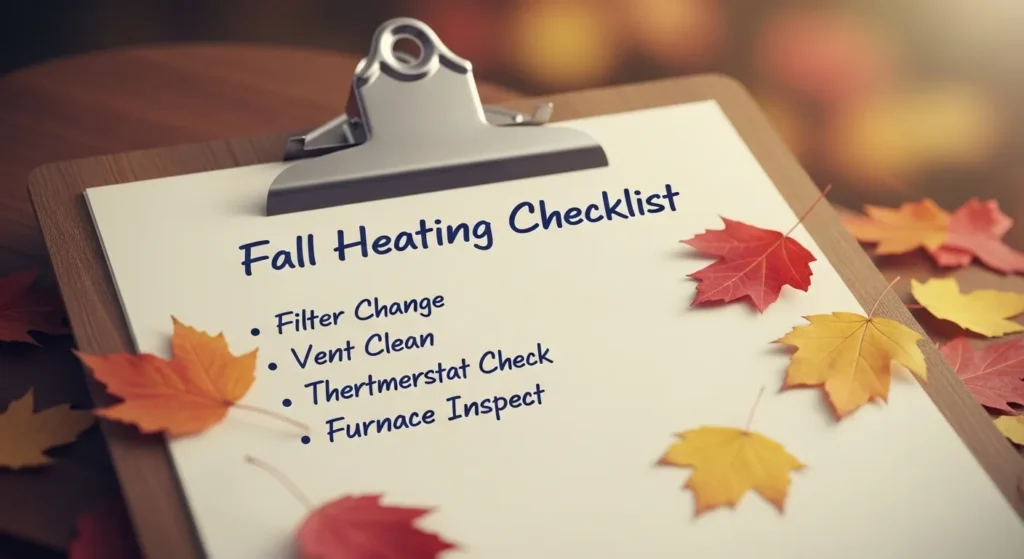Your home heating system keeps you warm in cold weather. It uses a large part of your energy bill. In the US, heating takes up about 42% of home utility costs. Regular care helps it run well. This guide covers simple steps to follow. It includes what to do yourself and when to get help. Follow these tips to save money and stay safe.

Why Regular Heating Maintenance Matters
Care for your heating system prevents breakdowns. It improves air flow and cuts energy use. Dirty parts make the system work harder. This raises bills and shortens its life. A well-kept system lasts 15 to 20 years or more. It also keeps indoor air clean. Poor maintenance spreads dust and allergens.
Safety comes first. Check for gas leaks or carbon monoxide risks. Install detectors near the unit. Clean areas reduce fire chances from dust buildup.
For more on safe cleaning without harsh chemicals, see our guide on natural oven cleaning methods.
Common Types of Home Heating Systems
Know your system type to maintain it right. Most homes use one of these:
- Forced-Air Furnaces: These blow hot air through ducts. They run on gas, oil, or electricity.
- Boilers: They heat water for radiators or floor systems. Common in older homes.
- Heat Pumps: They move heat from outside air inside. Good for mild climates.
Each needs specific care. For example, boilers require water checks. Heat pumps need outdoor coil cleaning.
Simple DIY Tasks for Heating Maintenance
You can handle basic jobs at home. Do them monthly or seasonally. Start before winter.
Replace Air Filters Often
Filters trap dust and keep air clean. A dirty one blocks flow. This makes your system strain and uses more power.
- Check filters every month.
- Replace them every 1 to 3 months. Use the right size for your unit.
- Look for pleated filters. They catch more particles.
Clean filters improve efficiency by up to 15%. For cleaning tools, check our best microfiber cloths guide.

Clean Vents and Registers
Vents let hot air flow into rooms. Blockages stop even heating.
- Vacuum vents monthly. Use a brush attachment.
- Keep furniture away from registers.
- Straighten bent fins with a tool.
Clear vents help heat spread well. It also boosts indoor air quality.
Check and Adjust Your Thermostat
The thermostat controls heat levels. A faulty one wastes energy.
- Set it to 68°F when home. Lower it by 7-10°F when away.
- Test batteries in battery models.
- Consider a programmable type. It saves 10% on bills.
Clean dust from the unit. If readings seem off, calibrate it.
For similar DIY fixes, read our how to clean clogged dryer vents guide.

Inspect Ducts for Leaks
Ducts carry air through your home. Leaks lose up to 20% of heat.
- Feel for air escaping around joints.
- Seal small gaps with foil tape or mastic.
- Insulate exposed ducts in attics or basements.
Fix leaks to lower bills and even out room temperatures.
When to Schedule Professional Service
Some tasks need experts. Hire a tech for safety.
- Get an annual tune-up in fall. It checks burners, coils, and wiring.
- Pros clean hard-to-reach parts like blowers.
- They test for gas pressure and combustion.
A full check costs $75 to $200. It prevents big repairs. Schedule before cold hits. For more on home tools, see our must-have tools for new homeowners.
What does a pro do? They tighten connections, lubricate parts, and check refrigerant in heat pumps. They spot issues like cracked heat exchangers.
Fall and Winter Heating Checklist
Use this list to stay on track.
- September (Pre-Season):
- Replace filters.
- Clean outdoor unit if heat pump.
- Test thermostat.
- Monthly:
- Vacuum vents.
- Check for strange noises or smells.
- Monitor energy bills for spikes.
- Winter:
- Bleed air from radiators if boiler system.
- Keep unit area clear of snow.
- Run system steadily, not in bursts.
Address common issues early. Noisy fans mean loose belts. Uneven heat points to duct problems. Yellow flames in gas units signal poor combustion—call a pro right away.
For preventing moisture issues that affect heating, visit our safe mold removal DIY guide.

Answers to Common Questions
How often should I maintain my heating system? Aim for monthly DIY checks and one pro visit yearly.
What if my system is old? If over 15 years, plan for upgrades. Look for ENERGY STAR models. For details, see the ENERGY STAR maintenance checklist.
Can I do all maintenance myself? Basic tasks yes, but pros handle electrical and gas work.
These steps keep your home warm and bills low. Start with filters today. Your system will thank you with reliable heat all season.
